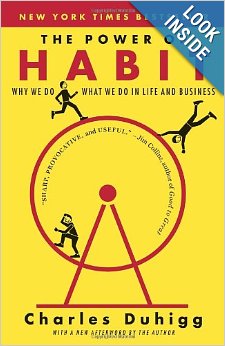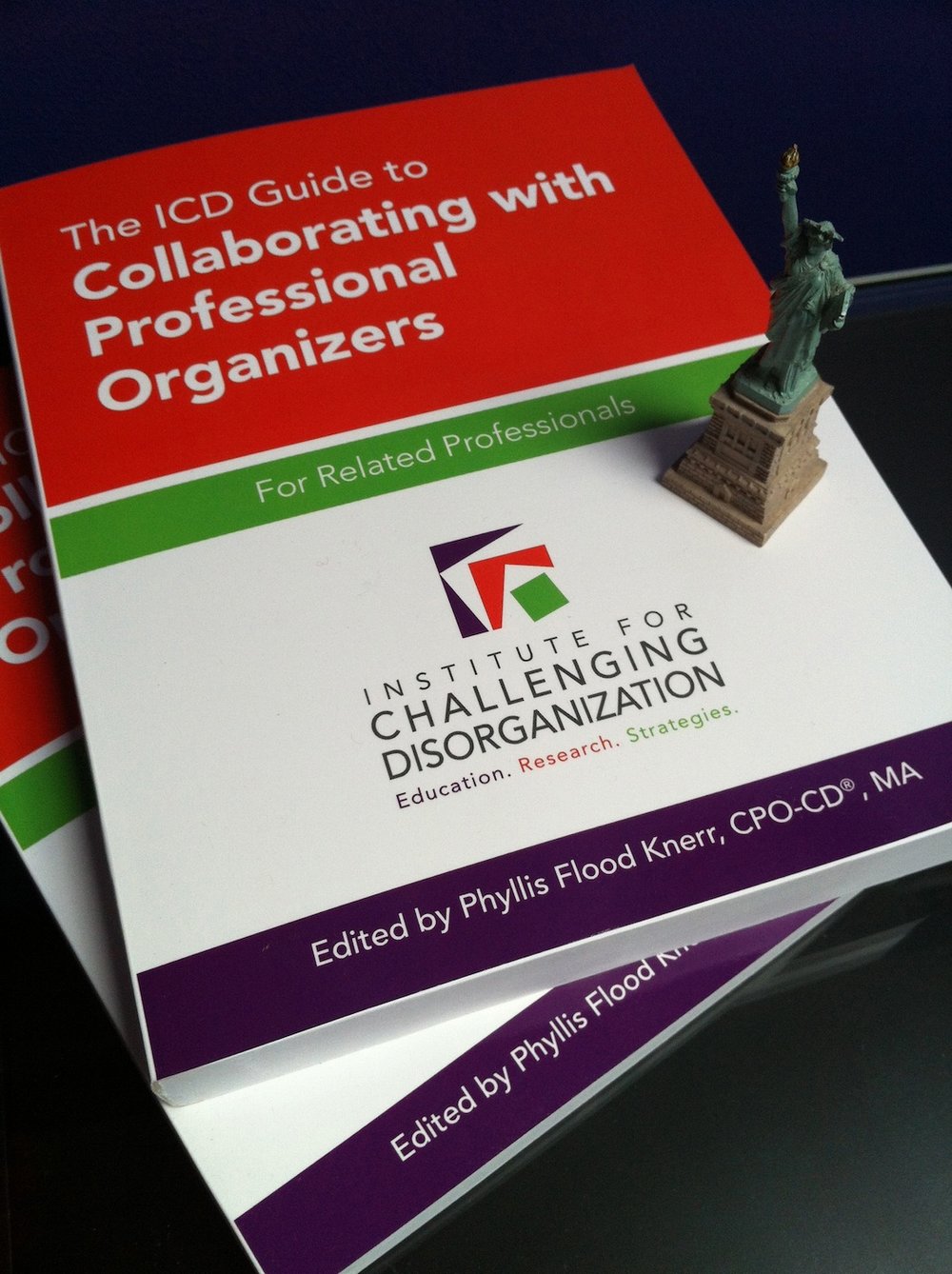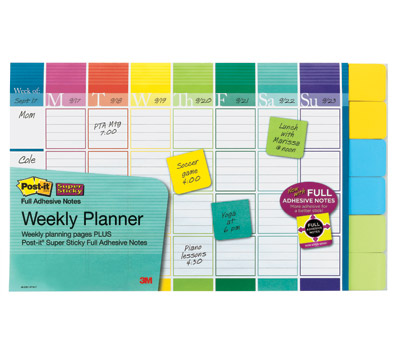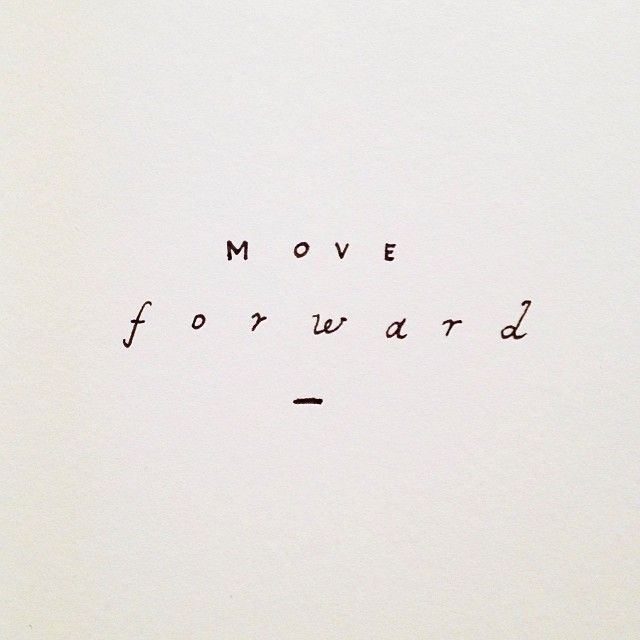Mindfulness is a quality of being that we can bring to all aspects of our lives. It encompasses an awareness of what we are doing or experiencing in the present moment in a nonjudgmental way. Most often, I write on my computer sitting inside at my desk. It’s a beautiful, quiet place where I’m surrounded by my favorite colors and images. Today, however, on this gorgeous fall day, I decided to write outside. My senses engaged as I listened to the leaves rustling in the breeze, felt the crisp air making goosebumps on my skin and delighted in the colorful leaves and bright red berries punctuating the dogwood trees.
What does this have to do with mindful organizing? As I mentioned at the start, mindfulness is a quality we can bring to everything, including organizing, writing, or observing. So while mindful organizing doesn’t necessarily mean working outdoors, being aware of your environment can be one of the ways to practice mindful organizing. There are others, too, which I will share with you.
5 Ways to Practice Mindful Organizing
1. Why does it matter?
You might have watched episodes of The Home Edit, Marie Kondo’s Sparking Joy, or Hot Mess House. Maybe you saw an ad for The Container Store or California Closets. The priority of these shows and advertisements is getting and being organized. It’s essential to ask the question. Is getting organized your priority? Or, is getting organized your priority, but not right now?
We can be easily influenced by other people’s priorities. And of course, if getting organized is important to you, it’s great to know! If not, lose the guilt and let that idea go. But if you want to get more organized, be mindful and clear about your why. Clarifying the why will determine your progress and success.
2. How can I get organized when I’m so busy?
Like you, I’m in the only-have-24-hours-a-day club. Most of us have full lives, so how can we integrate the time needed to organize along with our other responsibilities? Introducing mindfulness into the mix is especially helpful here. Review your schedule to find “white space” which you can allocate to your organizing goals. Aim for mindful time and energy management.
I’ve been working on a long-term project to ‘live with less.’ I commit 15-60 minutes each day to do something. Some days I spend less time, like the day I released a single object (goodbye ironing board!), and other days I work for more than an hour. It’s a low-pressure approach that’s working well. This could be a manageable approach for those that are time-poor or don’t have a pressing deadline. Or, you might choose something else. Many of my virtual organizing clients work with me for an hour each week and work independently between sessions. They love the short, productive sessions, accountability, support, and check-ins. The point is you have many options. Your organizing path, pace, and the process will be unique to you.
3. How do I get started when I feel so overwhelmed?
When we’re overwhelmed, and in a stressful situation, our sympathetic nervous system engages. This is the “fight or flight” mode. Noticing that you’re overwhelmed means you already have an awareness of what you’re experiencing. Use this mindful state to shift from stress to calm. Try a simple breathing technique to activate the parasympathetic nervous system, the “rest and digest” mode, which will calm you down. From there, you’ll be in a better place to begin organizing.
There are numerous breathing techniques available on apps like Headspace, Calm, or Insight Timer. Below is a favorite, simple breathing exercise that works well. You can use it at any time.
4-7-8
Sit comfortably.
Close your eyes.
Breathe in slowly through your nose for the count of 4.
Hold your breath for the count of 7.
Blow out through your mouth like you’re blowing a balloon for the count of 8.
Repeat the sequence two more times.
From a place of relaxation and calm, you can mindfully choose where to start organizing. Will it be the area that bothers you the most, the stuff that will be least emotional to work on, or a space that can be edited in the 15 minutes you have available? There is no wrong place to begin. You’ve got this.
“Mindfulness is a quality of being that we can bring to all aspects of our lives.”
4. How do I organize a room that makes me want to run the other way?
Our environment profoundly affects how we feel. The underlying premise of getting organized is creating spaces and systems that feel good and support who we are and what we do. Organizing in a room that makes you viscerally uncomfortable can be de-motivating. The good news is that you are aware of your discomfort. That’s mindfulness at work.
How can you improve the situation before organizing? Consider your senses. Can you open a window to let in the fresh air, play upbeat or soothing music, bring in additional lighting, or burn scented candles? Take a moment to notice what makes you feel good in a space. Then bring some of those elements into the room you’re working. Another option is to carry a few items or boxes that need editing out of the problematic room to another more pleasing space.
5. How can I move forward when I am stuck?
One of the first phases of getting organized is editing those things that no longer serve a purpose and have overstayed their welcome. It’s also the stage that we often get stuck. Letting go and determining what to release can be tricky. However, having a list of great questions can transform you from being stuck into a mindful editing expert. Helpful questions include:
Do I need this?
Do I like this?
Does it fit?
Can I donate, trash, or recycle it?
Discover more questions to enhance the mindful editing process at How to Embrace Decluttering Magic for a Mindful Edit Now and Exercise Your Letting Go Muscles.
There are many ways to integrate mindfulness into the organizing process. I shared several with you. Which ones resonate with you? What else have you discovered? I’d love to hear your thoughts. I invite you to join the conversation.












